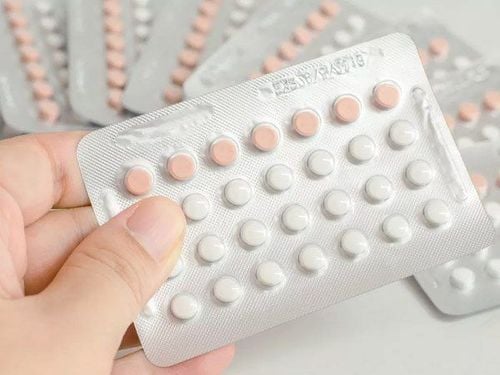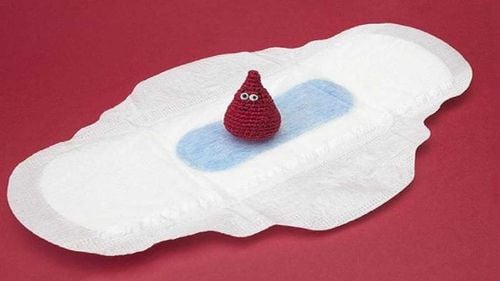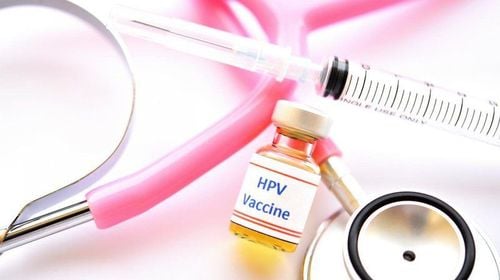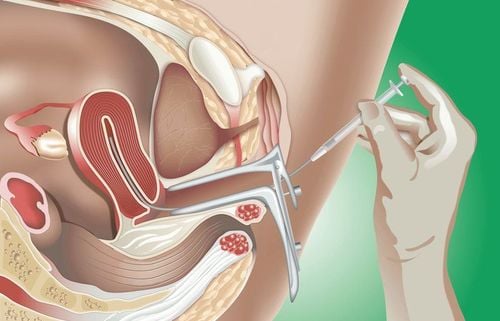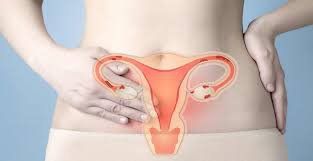This is an automatically translated article.
The article is professionally consulted by Master, Doctor Tran Lam Khoa - Department of Obstetrics and Gynecology - Vinmec Central Park International General Hospital.
One of the common causes of postpartum abdominal pain is fluid retention. Although fluid retention is a normal physiological phenomenon, pregnant women must absolutely not be subjective.
1. Abdominal pain after caesarean section
For mothers who give birth naturally or by cesarean section, abdominal pain is an unavoidable case and can be caused by many different causes.
Postpartum abdominal pain often causes quite serious consequences, if it is not detected early and has a way to fix it
One of the most dangerous causes of postpartum abdominal pain is infertility. Translate .
2. Why is there fluid retention?
Causes of stagnation of fluid include:
The first cause is slow contraction of the uterus when the mother loses too much blood leading to exhaustion, besides, the mother's uterine muscle tone is poor. due to excessive stretching of the uterus at birth, occurring in cases of large fetuses, multiple pregnancies, polyhydramnios, prolonged labor during childbirth, and lack of exercise after birth.
The second cause, in fact, is common because the cervix is closed so that the fluid cannot escape, this cause is common in cases of cesarean delivery that have not yet entered the stage of labor, so the cervix no open delete phenomenon.
3. How to recognize fluid stasis?
Postpartum drainage takes place right after birth or caesarean section.
In some cases of fluid retention accompanied by infection, it can be detected right after 3-4 days after birth, showing slow contraction of uterus, enlarged uterus when palpable on abdominal wall, feeling of dull abdominal pain below the navel, foul-smelling discharge, and the mother has a high fever, chills. In this case, immediate hospitalization is required.
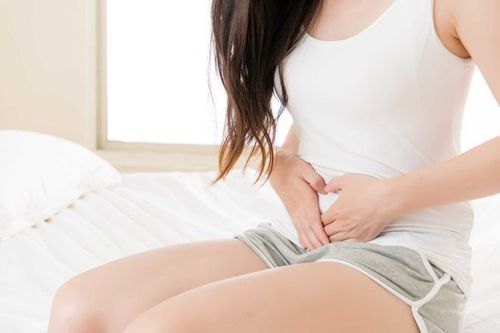
Đau bụng dưới sau sinh âm ỉ, sản dịch có mùi hôi, sốt cao thì cần đi khám ngay.
4. Preventing fluid stagnation
Although the discharge is a normal physiological phenomenon after giving birth, the mother should absolutely not be subjective and take it lightly.
There are even many women with massive postpartum bleeding, which leads to blood transfusions, uterine aspiration, surgery to stop bleeding or hysterectomy when drug methods are not effective.
Here are a few ways to prevent fluid stagnation:
Exercise is an important factor in avoiding fluid retention. Pregnant women should only lie down for 8 hours, then exercise and walk gently. Pay attention to cleaning the incision, perineal stitches to avoid infection, causing postpartum infection. Breastfeeding early is also a way to help the uterus contract easily, because when the mother breastfeeds, the body will release oxytocin, which is a hormone that helps the uterus contract better. After 9 months and 10 days of heavy weight, pregnant women entered labor and faced a level of labor pain comparable to 20 broken ribs at the same time. In order for the birth to go smoothly and safely, pregnant women need to understand: - How the labor process takes place, how long does it usually take to have a normal delivery or cesarean section, to protect the best health? for the unborn baby.
Methods to relieve pain during childbirth, limit pain and relieve psychological pressure during labor. The way to push and breathe during childbirth is usually the right way so that the labor takes place quickly, the pregnant woman does not lose strength during childbirth. How to control postpartum uterine contractions in the shortest time. How to take care of the perineal suture does not cause infection and dangerous complications. Early postpartum re-examination to detect dangerous abnormalities such as residual placenta, missing gauze. Take care of newborn until full month healthy. To ease the pain of childbirth, Vinmec offers a full Maternity program with a complete "painless delivery" service during and after birth using non-morphine epidural and sedation techniques. ashamed. During the birth process, the mother will be guided by the midwives on how to push and breathe properly, the baby will be born in just 10-15 minutes. After birth, the baby will be cared for in a sterile room before being returned to the mother.
Pregnant women will rest in a high-class hospital room, designed according to international hotel standards, 1 mother 1 room with full facilities and modern equipment. Mothers will be consulted by nutritionists on how to feed the baby before being discharged from the hospital. Postpartum follow-up with both mother and baby with leading Obstetricians and Pediatricians.
Please dial HOTLINE for more information or register for an appointment HERE. Download MyVinmec app to make appointments faster and to manage your bookings easily.




